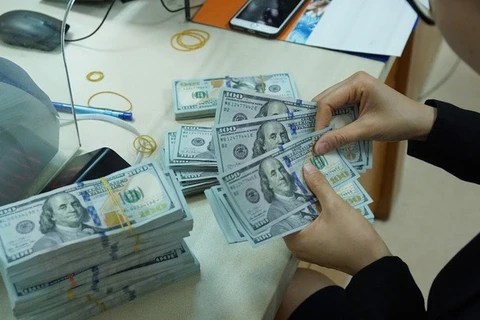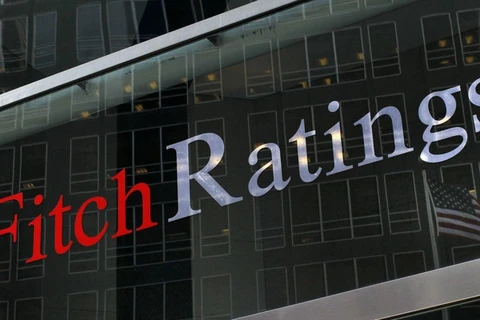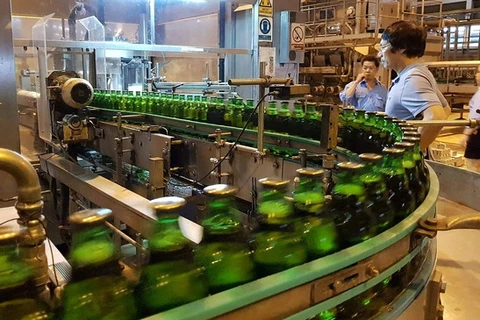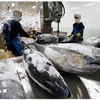 All public debt indicators were under strict control and fell within the permissible limits, the Finance Ministry said. Illustrative image (Photo: VNA)
All public debt indicators were under strict control and fell within the permissible limits, the Finance Ministry said. Illustrative image (Photo: VNA) Hanoi (VNA) – All public debt indicators were under strict control and fell within the permissible limits set by the National Assembly’s Resolutions as of the end of 2018, according to the Finance Ministry.
At a recent press conference on public debt, the ministry said the Government had mobilised 250.5 trillion VND from domestic sources, mostly through bonds, to make up for the central budget’s overspending and to pay debts, meeting 90.8 percent of plans and accounting for 78.6 percent of Government’s debt during 2018.
As for foreign debt, around 3.01 billion USD of Official Development Assistance capital and concessional foreign loans taken by the Government was disbursed, making up 21.4 percent of Government’s debt.
The ratio of public debt to GDP was estimated at 58.4 percent, lower than the target of 65 percent or below, and the ratio of Government debt to GDP was around 50 percent, while the target was under 54 percent. The rate of national foreign debt to GDP was estimated at 46 percent, while the target was under 50 percent.
Vo Huu Hien, deputy director of the Finance Ministry’s Department of Debt Management and External Finance, said the fulfilment of targets was attributable to an 11-year high GDP growth rate, good fiscal policy management, budget collection surpassing estimates by 7.8 percent while budget overspending was 3.7 percent lower than estimate.
At the same time, slower-than-expected disbursement of ODA and foreign loans, along with good control of foreign exchange rate helped reduce Government’s foreign debts in Vietnamese dong equivalent. The strict control of Government-guaranteed foreign loans also contributed to reducing total Government-backed foreign debt.
However, the ministry noted that 32.7 percent of Government’s domestic debt would be due in the period from 2019 to 2021, which would impact the allocation of funding for debt payment in the State budget.
Meanwhile, ODA loans are expected to decrease and finally end in the next five years, resulting in a shortage of preferential long-term credit resources for investment. To compensate for this source, the Government should take out new loans at less preferential conditions, thus interest rate-associated risks will increase.
Nevertheless, the average interest rate on Government’s external debt remains at a low level (around 2 percent per annum) as more than 96 percent of loans are ODA or concessional loans, which is an important factor helping keep debt payment to budget collection rate within the safe limit, according to the Finance Ministry. -VNA
























